





What exactly do we mean when we describe the color of a flower as "lavender?" On the color wheel below, where exactly does lavender start and where does it end? And exactly which flower varieties do we perceive as lavender?
(Editor's Note: This article was originally published on September 23, 2008. Your comments are welcome, but please be advised that authors of previously published articles may not be able to respond to your questions.)
O
riginally, the color name lavender applied only to the color of the flowers of the lavender plant. As recently as the early 1950s, there were only four generally recognized shades of lavender1:floral lavender ({), lavender gray ({), lavender blue ({), and old lavender ({). By 1955, the publication of the ISCC-NBS Dictionary of Color Names 2 (a color dictionary used initially by stamp collectors to describe the colors of stamps), listed dozens of different shades of lavender. While there may be precise methods for gauging what is a shade of lavender and what is not, we all have our own perceptions. So in today's plant world, although floral lavender remains the standard lavender color, we have come to incorporate many, many shades under the term.
Before we explore the world of lavender flowers, let's consider for a moment what the color evokes. In many cultures, including ours, various attributes are ascribed to colors. Lavender is said to evoke tranquility, serenity, grace, and elegance. For many years, visitors to our gardens have remarked on their tranquility. It was with some amazement, then, that I learned that lavender imparts such a feeling. Lavender happens to be a color theme that runs through most of our beds and ties them all together.
After our little lavender flower safari, I'll discuss the lavender plant briefly and connect you with articles about the plant that my fellow writers here at Dave's Garden have written.
We begin our pictorial journey with annuals, move on to perennials, and conclude with vines. These are all flowers that my wife, Wilma, and I grow in our gardens and that we--perhaps in some cases loosely--interpret as shades of lavender. Cultural information on each plant is just a click away. Many of these varieties come in other lavender shades as well. What I've compiled below is really just the proverbial tip of the iceberg. See if your perception of "lavender" squares with or differs from ours and let us know in the space provided at the end of this article .
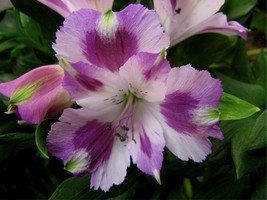
ANNUALS
Alstromeria
'Julietta'
(Grown as an annual in our gardens; perennial further south)
Cultural information
Angelonia
'Angelmist Lavender'
Cultural information
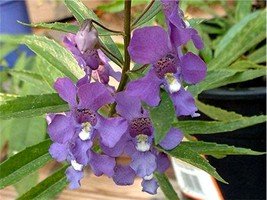
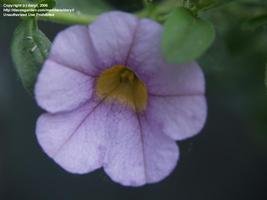
Calibrachoa
'Jamboree Lavender Vein'
Cultural information
Mini Impatiens
'Firefly Lavender'
Cultural information
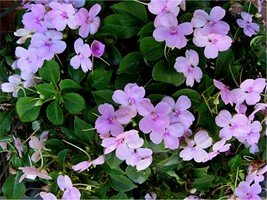
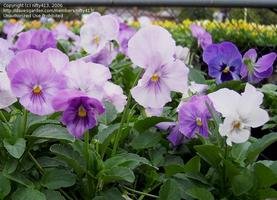
Pansy
'Supreme Lavender Shades'
Cultural information
Pelargonium (Geranium)
'Sarah Don'
Cultural information
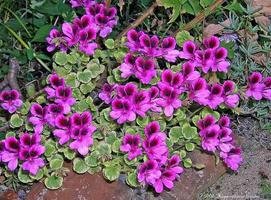
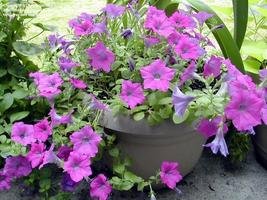
Petunia
'Wave Lavender'
Cultural information
Snapdragon
'Frosty Lavender Bells'
Cultural information
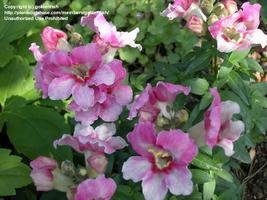
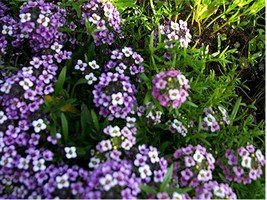
Sweet Alyssum
'Easter Bonnet Lavender'
Cultural information
Zinnia
'Giant Lavender Gem'
Cultural information
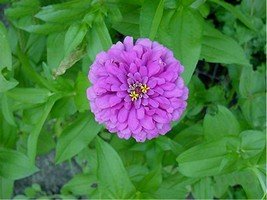
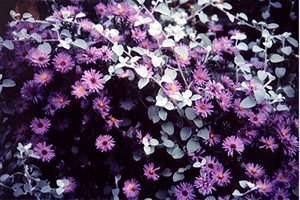
PERENNIALS
Aster
'New England Purple Dome'
Cultural information
Bearded Iris
'Lavender Interlude'
Cultural information
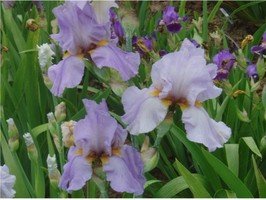
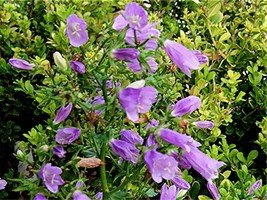
Columbine
'Swan Lavender'
Cultural information
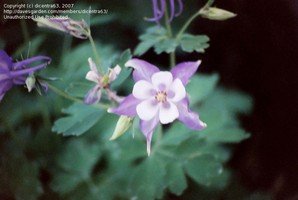
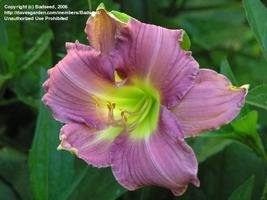
Daylily
'Lavender Dew'
Cultural information
Delphinium
'Guardian Lavender'
Cultural information
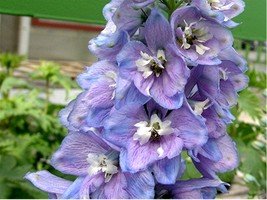
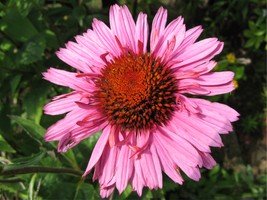
Echinacea
'Fancy Frills'
Cultural information
Foxglove
'Camelot Lavender'
Cultural information
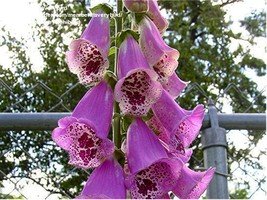
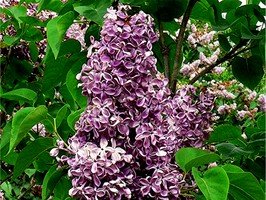
French Lilac
'Arch McKean'
Cultural information
Hosta
'Fujibotan'
Cultural information
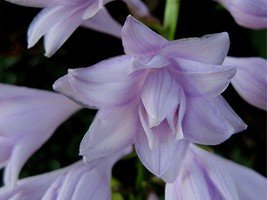
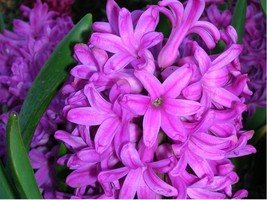
Hyacinth
'Amethyst'
Cultural information
Japanese Anemone
'Hadspen Abundance'
Cultural information
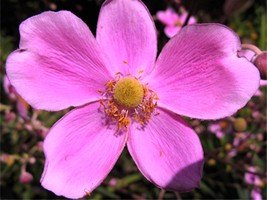
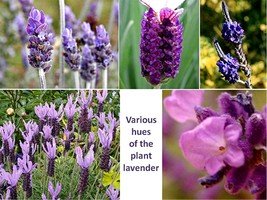
Lavender
Various hues and types
(See discussion below for cultural information)
Lavender Calla Lily
'Lavender'
Cultural information
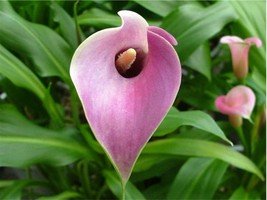
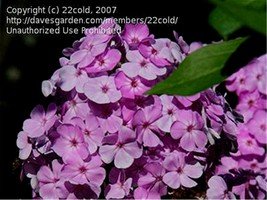
Lavender Phlox
'David's'
Cultural information
Lavender Rose of Sharon
'Lavender Chiffon'
Cultural information
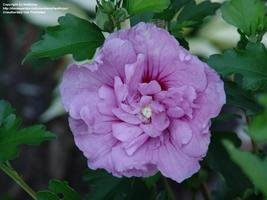
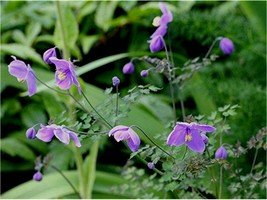
Meadow Rue
'Diffusiflorum'
Cultural information
Oriental Lily
'Lavender Gem'
Cultural information
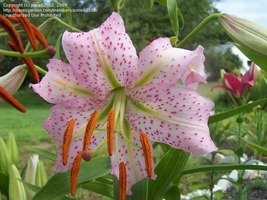
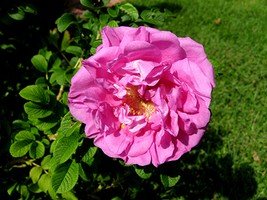
Rugosa Rose
'Charles Albanel'
Cultural information
Sea Lavender
'Dwarf/Rock'
Cultural information
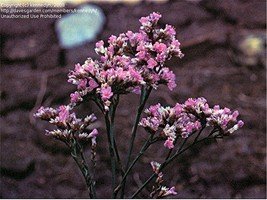
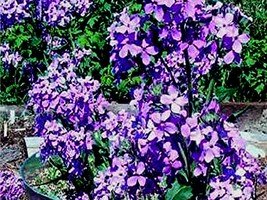
Sweet Rocket
(Also Dame's Rocket)
Cultural information
Tulip
'Blue Diamond'
Cultural information
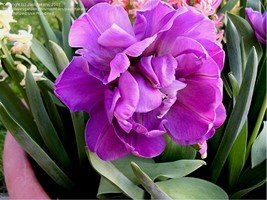
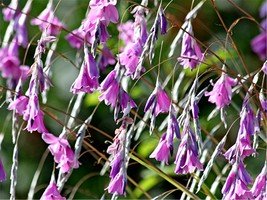
Wandflower
(also Fairy Wand)
Cultural information
Yarrow
'Lavender Beauty'
Cultural information
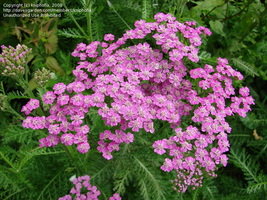
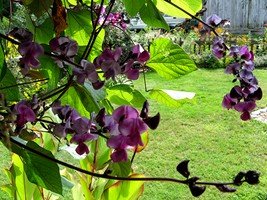
VINES
Hyacinth Bean
'Antaque Rouge'
Cultural information
Maypop
'Purple Passion Flower'
Cultural information
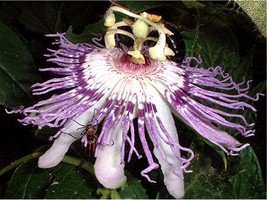
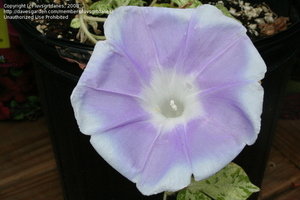
Morning Glory
'Lavender Silk'
Cultural information
Wisteria
'Amethyst Falls'
Cultural information
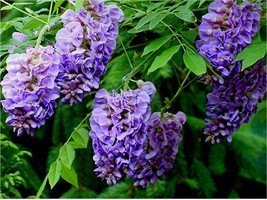
Lavender is an ideal theme color for gardens because it's so plentiful and thus provides a larger palette to select from when designing for color. I have to confess that my favorite color is actually not lavender but blue. As gardeners, we all know that there is a paucity of blue in the world of flowers, so that blue as a theme color would have restricted us considerably in our choice of plants.
All is not lavender peace and serenity in our gardens, however. To keep things from getting laid back to the point of boredom, we use sunny yellows and golds for accents, along with an occasional red, orange, pink, or white. Following the lead of that venerable English gardening icon, Christopher Lloyd, who loved bright colors and spoke often of "the immense value of red," we have two large beds of annual salvia that scream red at passersby all season long.
Lavender: The plant
Lavender has been a favored herb since the beginning of history. The earliest documented use dates back 2,500 years. It was used for mummification and perfume by the peoples of Egypt, Phoenicia, and Arabia. Romans are known to have bathed in water scented with lavender. It's from this practice that lavender derives its name. The Latin word "lavo" means "to wash."
Lavenders can be grouped into three major categories: Non-English, English, and Lavandin. Non-English varieties include Spanish, Green, Sweet, and French. These Lavenders start blooming early to mid spring and continue for as long as six weeks. They look their best when given a good pruning about four or five weeks into the bloom cycle. Unpruned plants become fairly large and somewhat untidy bushes. Pruning also encourages a second flush of blooms. Non-English lavenders are generally hardy in Zone 7 and southward.
English lavenders include Munstead, Hidcote, Jean Davis, Sarah, and Vera. As a group, they are somewhat hardier than the Non-English lavenders, with Munstead considered hardy as far north as Zone 5. Bloom time begins as Non-English varieties begin to fade. They bloom into early summer.
Lavandins are English lavender hybrids. Their blooming period follows close on the heels of the regular English varieties and lasts until mid-to-late summer. Best known are Provence and Grosso. Others include Abriali, Fred Boutin, and Grappenhall. They are generally hardy south of Zone 6.
All Lavenders have a distaste for poor drainage, high humidity, and acid soil. Soil pH should be 6.5 to 7.5. Siting plants in the sun is a must, and crowding should be avoided to promote as much air circulation as possible.
Lavenders are famous for their wonderful fragrance, but did you know that they can also be used as flavoring in food and drink? I was surprised to find that there are quite a few recipes that feature lavender as an ingredient. Perhaps the most novel use of lavender as a flavoring occurs among the French. They are known to graze lambs in fields of lavender, so that their meat will be tender and fragrant. If you'd like to pursue the use of lavender as a flavoring in recipes, a good place to start is here.
For more information on the plant and its uses, you need look no further than articles written by my fellow DG writers. The most recent include:
Lavender, the Versatile Herb by Karen Jones
Lavender Festivals by Karen Jones
The Scented Home by Karen Jones
Gardening with Lavenders by David Salman
Lavender Wands: Make Magical Scented Decorations for your Home by Jill Nicolaus
Watch for more lavender articles from Jill Nicolaus in the near future.
Whether it's the color or the plant, lavender is an important ingredient in our culture--and that of many other peoples. May it ever be so!
Whats happening to the leaf and will my condition satisfy an intermediate plant?
Information About The Indoor Bonsai Plant
The effect of forchlorfenuron and various plant growth regulators
Gazebos and Garden Design - An interesting article about the use of Gazebos in garden design.
Where To Find The Best Orchids And Orchid Information
What Are The Types And Ways To Plant A Tree?
The Good and the Bad About Growing Melons in Containers
The Black and White Sheep of the Wandering Jew Family
Flowering House Plants for the Home and Office
Whats the Difference Between Hulled and Unhulled Grass Seed?
Copyright © www.100flowers.win Botanic Garden All Rights Reserved